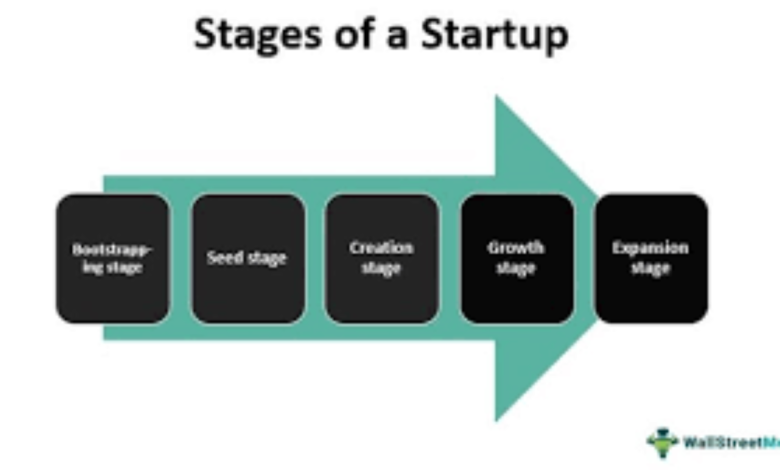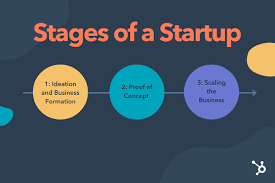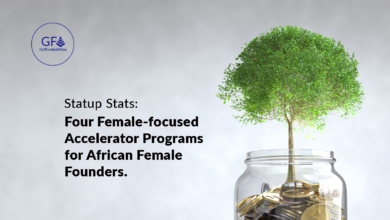3, 4, 5, or 6: How many stages of growth for start-ups?

Depending on how you view it, the stages of growth for start-ups could be anywhere between three and eight. Depending on how you view it, the stages of growth for start-ups could be anywhere between three and eight. Depending on how you view it, the stages of growth for start-ups could be anywhere between three and eight.
If you are taking a big picture outlook, then there are probably three stages, concise and collapsed into ideation, growth and expansion, or as Brian Balfour writes in his article – traction, transition & growth. Any number beyond three is more detailed, breaking down the phases and showing a clearer, minutia of the different growth processes start-ups manoeuvre towards success, failure, and exit.
Interestingly, more than three stages of growth for start-ups seem to reign supreme. All the numbers from three to eight are represented, and enterprising founders would serve themselves and their companies well by getting acquainted with them.
So, we decided to highlight many phases instead of fewer, and they are the early, growth, late & exit stages which also have further subdivisions as shown below:
The Early Stage
- pre-seed
Another name for this stage could be the foundation stage. Here, founders evaluate the potential of the idea (solution) to an already identified problem in society. They seek feedback from others to assess the possibility of turning their ideas into reality. They also have a basic structure of the start-up, a prototype and a detailed business plan that can be shown to potential investors. It can also be called the due diligence stage.
- seed
According to Emboker.com, “This stage marks the official beginning of equity funding” for start-ups. No matter how innovative an idea is in its industry, founders without the necessary capital to continue to support it are 38% likely to fail.
The new funds raised in this phase are usually put towards launching products, marketing and hiring talents. It is worth noting that start-ups at the seed stage have some paying clients.
The Growth Stage/Venture-funded Stage
- series a
Series A and start-ups are almost synonymous, and it marks the first round of venture capital financing. Start-ups with a steady source of revenue will go after Series A funding. Money raised here would usually be put into improving start-ups through technology, talent, and research and development of new products.
- series b
By this stage, start-ups would most likely have a recognized clientele, a product/service, and a constant stream of revenue. It is also vital to have a business plan focused on long-term profit generation.

The Late Stage
- series c, d, e
Start-ups in series c stage want to enter newer markets and expand abroad, as they already have significant customers in one part of the world. The funds raised here are channelled towards the above plans.
Those operating on the level of series d & e focus squarely on reaching newer markets through a variety of methods. Other concerns might be acquisitions of similar, small start-ups that could be potential threats. Sometimes, funds are also raised to rectify mistakes made in the earlier stages of the start-ups. The investments at this stage come in from hedge funds, investment banks, and private equity firms.
The Exit Stage/IPO
This is the stage where start-ups are ready to go public, offering a certain percentage of their shares in return for money. Funds raised here are used to grow the start-ups to the next level and to provide an exit for their investors.
Read also: 5 Strengths of African Start-ups
About GetFundedAfrica
GetFundedAfrica is building Africa’s largest tech-enabled marketplace which connects African founders with global mentors, coaches, corporates, investors and government. Whether you want to raise funds ranging from $100, 000 to $50m or you simply want to grow your business, sign up for free at www.getfundedafrica.com




